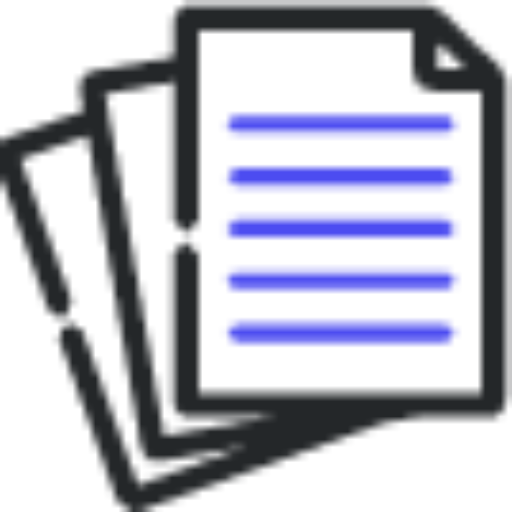

Did you know?
GHP integrates structural and process elements of the organisation, the professional groups, the specialist disciplines and the services that the hospital uses to fulfil its task.

GHP integrates structural and process elements of the organisation, the professional groups, the specialist disciplines and the services that the hospital uses to fulfil its task.